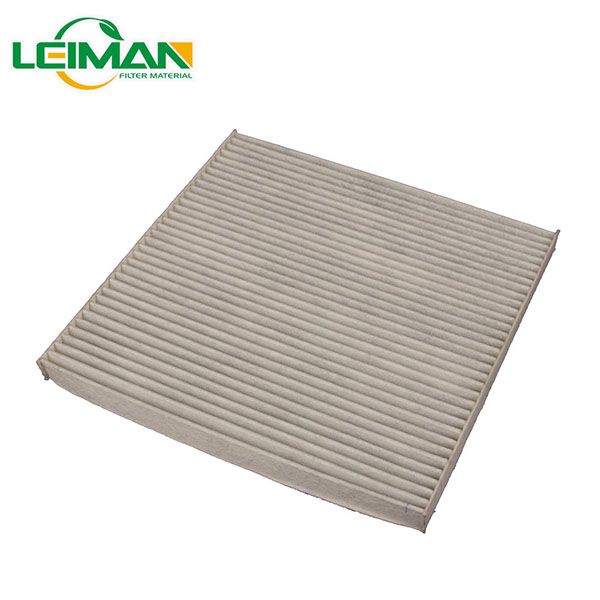Nov . 23, 2024 14:55 Back to list
high quality fabric for pocket air filter material
High Quality Fabric for Pocket Air Filter Material
In recent years, the importance of air quality has become a significant concern for both public health and environmental sustainability. One of the critical components of ensuring clean air in both domestic and industrial settings is the air filter. Among the various types of air filters available, pocket air filters have emerged as a popular choice due to their efficiency and effectiveness. The performance of these filters largely depends on the quality of the fabric used in their construction. In this article, we will explore the characteristics and advantages of high-quality fabric for pocket air filter material.
Pocket air filters are designed to capture a wide range of airborne particles, including dust, pollen, smoke, and even bacteria. The fabric material used in these filters plays a crucial role in determining how well they perform these tasks. High-quality filtering fabric is engineered to provide optimum filtration efficiency while allowing adequate airflow. This balance is essential, as it ensures that the filters do not cause excessive strain on HVAC systems, which can lead to increased energy consumption.
High Quality Fabric for Pocket Air Filter Material
Another important factor in high-quality filter fabric is the thickness and density of the material. Thicker fabrics generally provide better filtration capabilities, as they can trap smaller particles more effectively. However, this must be balanced with the need for sufficient airflow. Manufacturers of high-quality pocket air filters often employ advanced technologies to create materials that have an optimal density, allowing them to capture particulate matter without compromising air flow. Techniques such as electrostatic charging can also enhance filtration capabilities, ensuring that more particles adhere to the fabric rather than passing through.
high quality fabric for pocket air filter material

The weave pattern of the fabric is another aspect that should not be overlooked. Various weave patterns can significantly affect filtration performance. For instance, tight weaves can effectively block larger particles, while looser weaves may allow for higher air flow but permit smaller particles to pass through. High-quality filter fabrics often use a combination of weave patterns to maximize both filtration efficiency and airflow. This versatility makes them ideal for a variety of applications, including residential, commercial, and industrial air filtration systems.
In addition to technical specifications, the durability and lifespan of the fabric are also critical considerations. High-quality pocket air filter fabrics are designed to withstand the physical stresses of regular use, including exposure to harsh environments and varying temperatures. This longevity means that users can enjoy more extended periods between filter replacements, leading to cost savings and reduced waste. Eco-conscious consumers are increasingly prioritizing enduring materials that can minimize their environmental footprint while still delivering superior performance.
Moreover, the environmental impact of the fabric itself is a rising concern. Manufacturers are responding to this by developing fabrics that are recyclable and made from sustainable materials. Using recycled fibers not only reduces waste but also limits the consumption of virgin resources. Investing in high-quality fabrics that prioritize both performance and sustainability can contribute to a healthier living space as well as a healthier planet.
In conclusion, the significance of high-quality fabric in pocket air filters cannot be overstated. From their fiber composition to durability and design, these fabrics are engineered to optimize air purity while ensuring energy efficiency. As the focus on air quality continues to grow, so will the demand for advanced filtration technologies that utilize superior materials. Investing in high-quality fabric for pocket air filters ultimately leads to better air quality, enhanced system performance, and a more sustainable future. Whether for homes or larger industrial applications, making informed choices about air filter materials is an essential step towards achieving clean air for all.
-
Active Carbon Air Filter for Air Purifier – Superior Odor & Allergen Removal
NewsJul.24,2025
-
High-Efficiency Active Carbon Air Filter for Air Purifier | Odor & Allergen Removal
NewsJul.23,2025
-
Active Carbon Air Filter for Air Purifier – High Efficiency Filtration Solution
NewsJul.22,2025
-
Durable Sintered Porous Metal Filter Tube Cup & Machines
NewsJul.22,2025
-
Effective Active Carbon Air Filter for Purifiers | Eliminate Odors
NewsJul.21,2025
-
PLJT-250-25 Full-auto Turntable Clipping Machine | Efficient Automation
NewsJul.20,2025
